Interesting static drummer is known under different names: Limonium, Kermek, Lovely, Sea Lavender. Sometimes in the literature, the word "static" ends with the letter "E". Flowers appreciate this plant for beauty and unpretentiousness. What recommendations should adhere to the cultivation of stats in the garden?
Characteristic and description of statice
This grassy perennial attributed to the Family Family. There are more than 350 species, in natural conditions, many of them can be found as thickets in the coastal territories of Central Asia and in the Mediterranean zone. Usually in the root outlet there are peristo-blade leaves, which are rounded lateral blades. On the flowers (their length from 30 to 60 centimeters, and the amount varies from 5 to 15) are located with a spikelet of small flowers with a dry cup, the color of which can be blue-purple, pinkish, yellow, blue, white and snow-white wedge, which can be painted In a yellowish color. Spikelets are collected in "swees" or "shields".
Advantages and advantages of Limonium:
- Powerful, hardy perennial.
- It does not pass the disease from nearby floral crops.
- It does not bother pests.
- Adapts to different climatic conditions, for example, to a constant moisture deficit in the soil.
- Even on scanty soils, it develops well and blooms.
- It grows on the flowerbed in itself, quickly grow up, does not take away the time at the gardeners.
- It is successfully combined in a mixborror or on the flowerbed with its other inhabitants, as it has a large colors arsenal (pink, yellow, blue, lilac, purple, raspberry, cream, white). For example, such companions are suitable - Rudbecki, calendulas, velvets, gravel, asters, gypsophiles, sage.
- Suitable for growing in rockers, mountaineering, vases, balcony containers.
- Flowers for a long time.
- Used by florists when creating all sorts of flower compositions and bouquets.
Landing Stats
Be sure to plant stats in a sunny place. They are suitable and those corners of the site where the winds are constantly walking. Otherwise, being in the shadows, the plant will draw out its stalks, on which flowers are hardly formed. Best of all, sandy soils are suitable, crumb-resistant limestone. Perfect if air will penetrate into the ground, and circulate moisture. If you decide to grow kermek in vases, tubs, balcony boxes, then fill in them with such a soil consisting of equal shares:
- garden land;
- sand;
- alga-limestone.
You can buy static seeds in both flower shops and exhibitions, or order via the Internet. Breeders brought more than 35 varieties that are suitable for both growing on balconies, terraces, and for flower bed. We give the names of several popular species and varieties:
- "Margaritzolite" (plants can reach 40 centimeters in height, all summer bloom with purple inflorescences);
- "Golden" (on a bush. Golden or orange flowers appear on all summer, on the edge of the petals there is a white cutter);
- "Shrub" (half ausskulet, reaching a height of 50 centimeters, flower purple-blue, and whites white);
- "Bonduwelli" (height of Kusta from 15 to 30 centimeters, flowers blue with the presence of white stems, recent flowers are revealed even in October).
So, you managed to buy stats. Keep seeds until spring in a dry room. Sowing them to the substrate should be done in the last numbers of March or in the first ten days of April. Prepare containers, drawers. Fill them in their sandy substrate. Disinfect it with a saturated solution of manganese. Seeds are desirable to soak in water (warm) for several hours, and then healing to a wet substrate. Not blunting, spread small seeds with rows. Then plump them slightly. Put these containers into the room with a temperature within 18 degrees, days after ten you will see tiny sprouts. There are gardeners that are slightly passing by sandpaper on a solid shell of seeds before their soaking. They assure that then germination goes faster. While awaiting sprouts, if necessary, splash the substrate with warm water. The seedlings of the seedlings are statisted when seedlings will give the first main gentle leaves. Cups or small pots are filled with sand mixed in equal shares with peat, moisturize and put in them one (or several) seedlings. If several little plants were planted in one pot, then a month will have to make the second pickup. At the flowerbeds, you can send grown seedlings in May, starting with the second decade. Even if frosts come, they will not harm the resistant seedlings of the lemonium. The soil on the flower bed is pre-open, tear, add a dolomite flour, sand. Of course, all weeds must be pulled out. Prepare the wells, pre-paint seedlings in pots. Add a fertilizer into my hole, lower the lemonium sighter in it with an earthen room. Fill in the well soil consisting of garden land, sand, dolomite flour. It remains only to pour new flower bed tenants. Remember that it is impossible to fill the colors of the colors, the soil must only be moistened.
If you do not have the opportunity to grow Kermek with a seaside way, you can send seeds immediately to the ground. In April, attend and tear the soil on the proposed flower bed. At the same time add a dolomite flour there, river sand. Using small rakes, crumple the soil surface. Make grooves so that their depth is 20 millimeters. Spread seeds in them, observing a distance of 10 centimeters. Then sprinkle them with a mixture consisting of peat, sand, garden lands. Gently moisten this place. Suitable and another way of planting, when seedlings get out in the future not with rows, but chaotic. To do this, just scatter seeds on the ground, pour them on 2 centimeters with a mixture of loose land and sand.
Further care for statice
Typically, the static is enough natural precipitation. Due to its long roots, she is able to extract moisture from the midst of the earth. Therefore, if you have to water many years of static, then just two or three times in the summer. It is errors when watering can cause the death of plants, so we will list important nuances of soil moisture under static:
- Do not water the plants in those hours when the sun rays fall on them.
- Water stream Direct only under the root so that the drops do not fall on the leaves.
- If the static plates are sought on the static, it means it was time to moisten the earth. If on a stick, stuck on 5 centimeters in the soil, the adhesive land remains, then the plants have not come to water.
It does not require lemonium and frequent feeding. Take advantage of the mineral complex (prolonged action) at the beginning of spring, and for the entire season plants will be quite enough. Often, gardeners are asked if it is possible to make the organic organics under these perennials? Yes, you can. But not more than once over the summer. And more flowerflowers are recommended in June to pour static water to which the usual salt is added. Ten liters of water take seven tea spoons of salt.
In the fall, no fertilizer do, at this time the statice is preparing for the winter period. If you grow Kermek as a pot culture, then all summer once a month make feeding with mineral complexes.
In the fall of statice in the garden, a small preparation for winter is required. Cut all its ground part directly near the ground. Then throw on these places spruce "paws", the oha of leaves, a trust or a straw. Some pounce on the holmick also non-woven material, believing that it will protect the landing from excess moisture in the spring. It is not worth throwing snow to the places where the static is growing. If a lot of snow attacked these places, remove this layer in the spring so that the water in these places is not stored, then you will prevent the root of the roots.
You can leave stats to winter on the balcony, even if it is not heated. Just wrap in autumn pots of burlap or film. In the spring, its aboveground part will repent.
How do the static cuttings spread?
In the garden, these perennials can grow well for 20 years. If you want to rejuvenate an adult bush, then you can go with stalling. In the spring, dig a plant, inspect it for the beginning of its underground part. For cuttings, part of the root of 10 centimeters and thickness as a simple pencil is suitable. More than a third of the root from the adult plant should not be cut off. After the studio procedure, an adult plant can again be planted into the garden. Top cut horizontal, and the bottom - at an angle (it will be the "legs" of the cutting). All lower sheets from cuttings doincted, otherwise they are drunk in the ground. Burst the pots whose height is at least 15 centimeters. Fill them in their substrate, the composition of which is identical to what is used in the cultivation of seedlings to seedlings. Make a hole in the substrate, insert the cuttings into it in such a way that the "legs" (cut at an angle) were down. Top pour the sand layer from above. It is noted that the rooting process takes place faster in those rooms where the temperature is maintained from 13 to 17 degrees. Soil during this period (landing and rustling of roots) do not moisturize. First Watering Take when young pigs seem. Soon you can transfer this instance to the flower garden.
Statizers can be used for a winter bouquet, it can stand in the room in a neat form not one year. To do this, in the summer, when the boutons will be revealed, cut the plant, sweat it to dry in the attic. There are no flowers at the same time, retain their shape and color. Such branches are able to decorate the interior of the room.

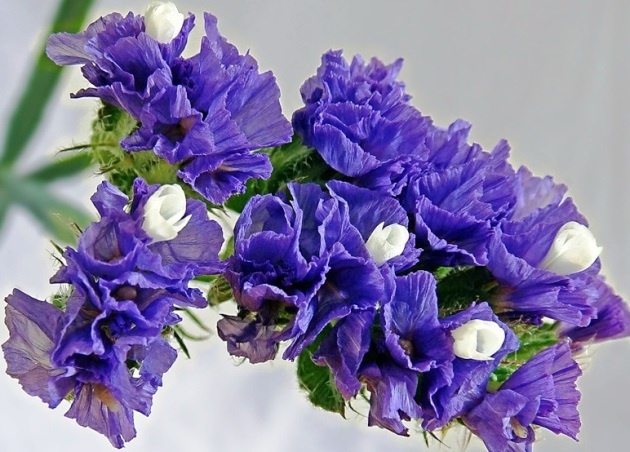
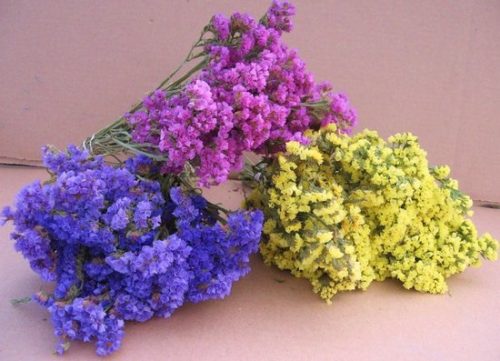
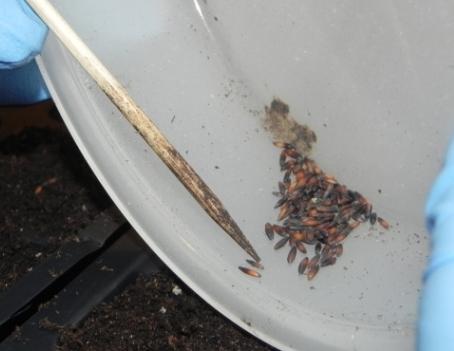
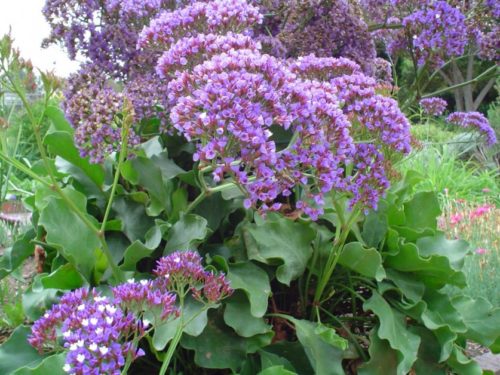
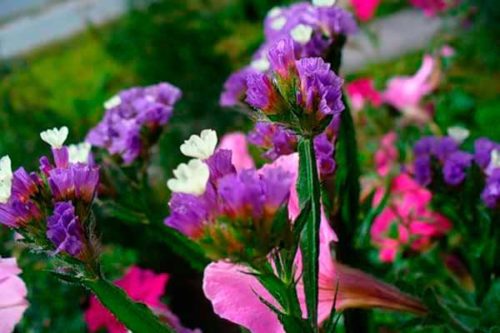
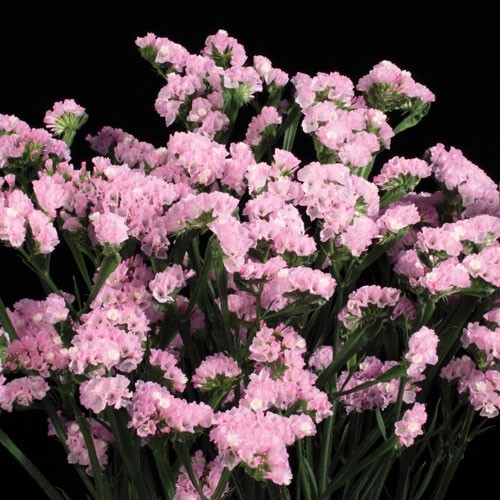
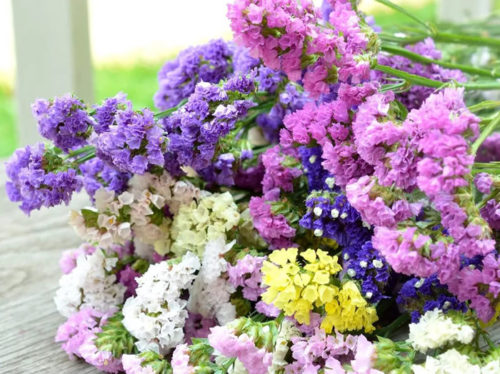
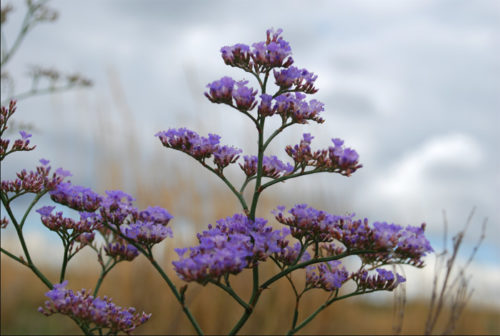
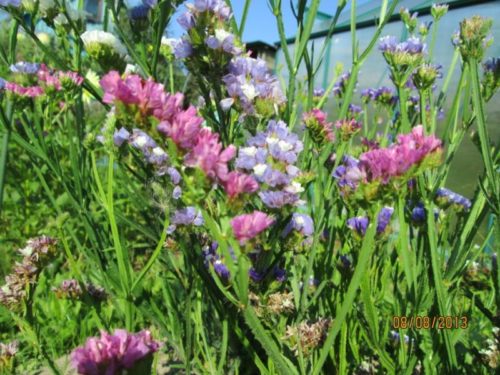
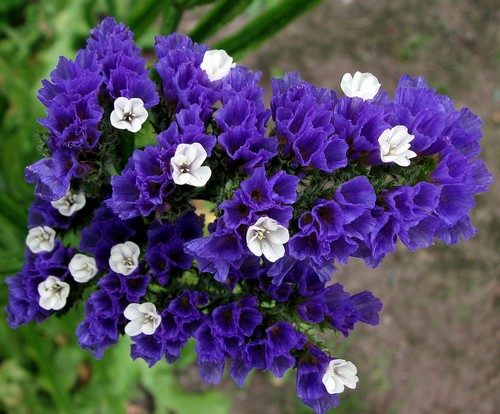

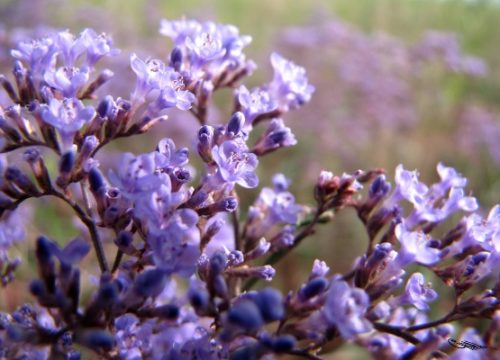












 Start a discussion ...
Start a discussion ...